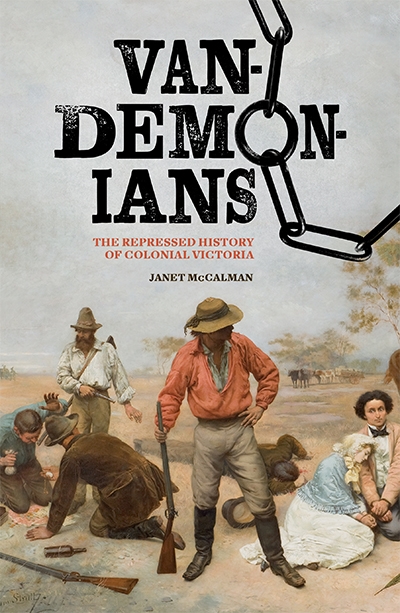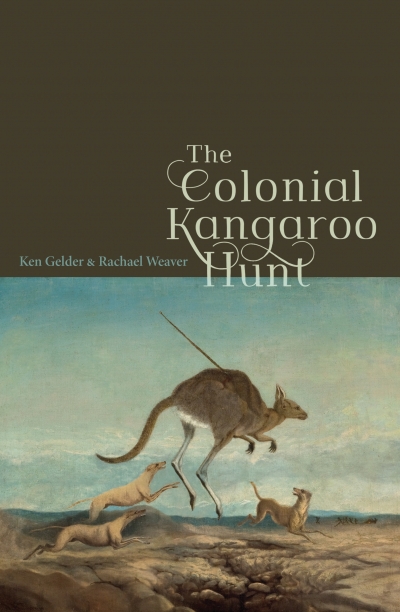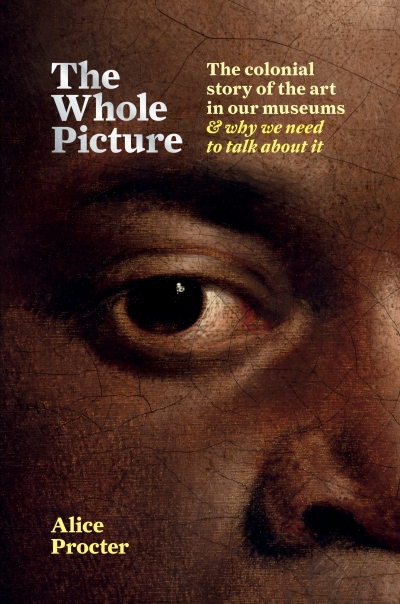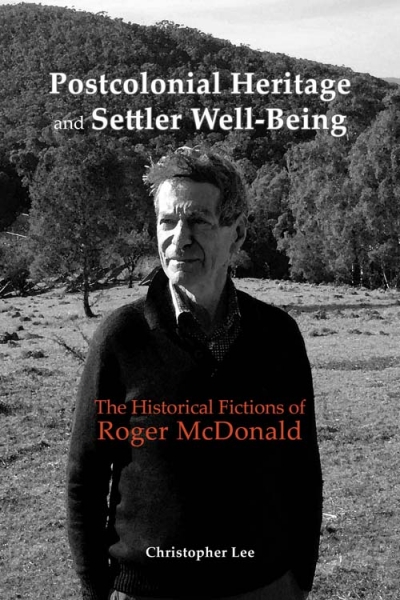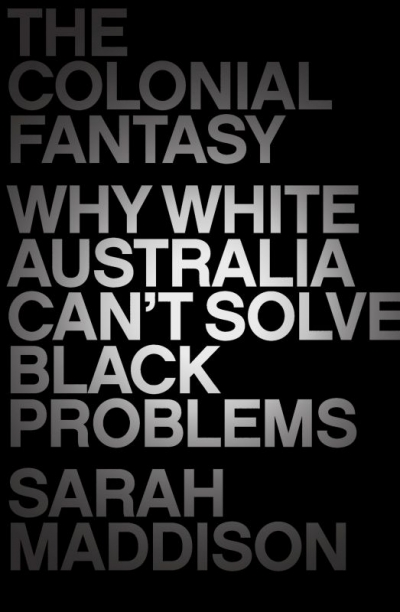Settler Colonialism
Visions of Nature: How landscape photography shaped settler colonialism by Jarrod Hore
by Gary Werskey •
Melbourne’s Moreland City Council recently agreed to adopt a new name, after petitioning by Wurundjeri Woi-wurrung community leaders and prominent local non-Indigenous representatives. The petitioners argued that the name ‘Moreland’, adopted in 1839 by Scottish settler Farquhar McCrae, derived from a Jamaican slave plantation. Renaming the council was an opportunity to bring about greater awareness of both the global legacies of enslavement and the history of Indigenous dispossession. In this week’s episode, Samuel Watts reflects on the politics of memorialisation and its impact on public conceptions of history.
... (read more)Vandemonians: The repressed history of colonial Victoria by Janet McCalman
by Alan Atkinson •
The World Turned Inside Out: Settler colonialism as a political idea by Lorenzo Veracini
by Sarah Maddison •
The Colonial Kangaroo Hunt by Ken Gelder and Rachael Weaver
by Danielle Clode •
British India, White Australia: Overseas Indians, intercolonial relations and the Empire by Kama Maclean
by Chris Wallace •
The Whole Picture: The colonial story of the art in our museums and why we need to talk about it by Alice Procter
by Meg Foster •
Postcolonial Heritage and Settler Well-Being: The historical fictions of Roger Mcdonald by Christopher Lee
by Robin Gerster •




